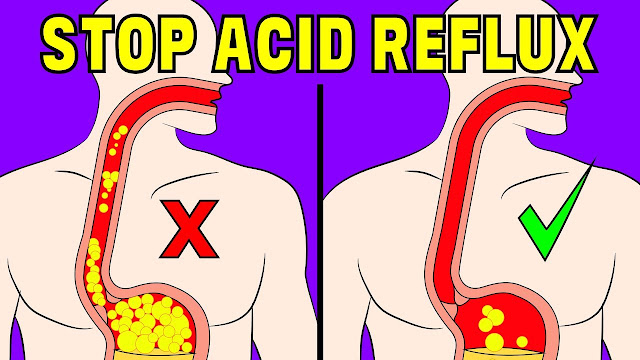Understanding pet nutrition and tips for a balanced diet requires a comprehensive approach.
Creating high-quality content on understanding pet nutrition and tips for a balanced diet requires a comprehensive approach. Here's an outline to guide you.
Introduction to Pet Nutrition
- Explain the importance of proper nutrition for pets' overall health and well-being.
- Briefly discuss the different types of essential nutrients (proteins, carbohydrates, fats, vitamins, minerals, and water) and their roles in pet nutrition.
Understanding Pet Dietary Needs
- Breakdown the specific dietary requirements for different pets (dogs, cats, rabbits, etc.).
- Discuss how age, breed, size, and activity level can impact a pet's nutritional needs.
- Explain the differences between commercial pet foods, homemade diets, and raw diets.
Components of a Balanced Diet
- Detail the ideal proportions of macronutrients (protein, carbohydrates, and fats) in a pet's diet.
- Provide examples of high-quality protein sources for pets, such as meat, fish, eggs, and plant-based proteins.
- Discuss the importance of fiber and sources of healthy carbohydrates for pets.
- Explain the role of fats in a pet's diet and highlight sources of essential fatty acids.
Vitamins and Minerals
- Outline the essential vitamins and minerals necessary for pet health and where to find them in their diet.
- Warn against over-supplementation and the potential risks associated with excessive vitamin or mineral intake.
Feeding Guidelines and Practices
- Offer guidance on portion control and feeding frequency based on pet age, size, and activity level.
- Discuss the importance of providing fresh water at all times and tips for encouraging hydration in pets.
Common Nutritional Concerns
- Address common nutritional concerns such as obesity, food allergies, and sensitivities.
- Provide tips for identifying and managing food-related health issues in pets.
Choosing the Right Pet Food
- Educate readers on how to read pet food labels and interpret nutritional information.
- Discuss the pros and cons of different types of pet food (dry kibble, wet food, freeze-dried, etc.).
Homemade and Raw Diets
- Offer guidance for pet owners interested in preparing homemade or raw diets, including recipes and safety precautions.
- Highlight the potential benefits and risks associated with homemade and raw diets.
Consulting with a Veterinarian
- Emphasize the importance of consulting with a veterinarian or veterinary nutritionist to develop a customized nutrition plan for pets.
- Encourage regular check-ups and discussions about pet nutrition and dietary changes.
Conclusion
Summarize the key points discussed in the article.
- Encourage pet owners to prioritize their pet's nutrition and make informed decisions about their diet.
Remember to provide credible sources for information and consult with veterinarians or veterinary nutritionists for expert advice.



%20(1).jpg)

%20(6).jpg)
%20(19).jpg)